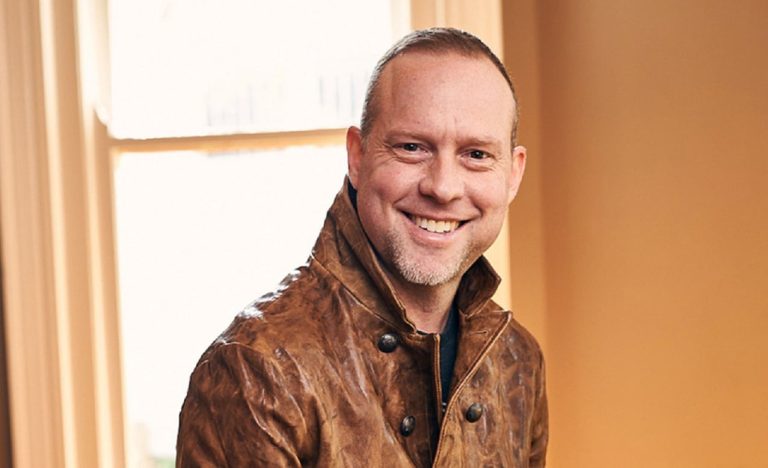Listen and subscribe to Decoding Retirement on Apple Podcasts, Spotify, or wherever you find your favorite podcasts.
When it comes to saving and investing for retirement, especially during times of volatility, there’s no need to complicate it. In fact, you should make saving as easy to implement as possible, according to Brian Walsh, the head of advice and planning at SoFi.
The best way to save and invest your money is to have a financial blueprint, or a structured framework that guides your investment decisions based on your specific goals, time horizons, and risk tolerance.
Like an architectural blueprint for a house, a financial blueprint provides the foundational plan that helps you build your financial future with purpose rather than reacting emotionally to market changes.
A blueprint allows you to “always make sure that you’re investing based on your goal” and plan for “when you’re going to use your money,” Walsh, who is also known as “Dr. Money,” said in a recent episode of the Decoding Retirement podcast (see video above or listen below).
This embedded content is not available in your region.
One of the best financial blueprints to use is what Walsh calls the three-bucket investment approach, where you invest based on your time horizons.
For money you need in the short term (less than three years), “Money should not be invested [in stocks]. Period,” Walsh said. “Think money market funds, short-term bonds, high-yield savings.”
This conservative approach for short-term funds recognizes that market volatility could devastate money you need soon, so preservation of capital takes absolute priority over growth potential.
The second bucket is for intermediate funding needs of three to 10 years. For that, you want “a mix of stocks and bonds,” Walsh said. “That’s long enough where you can actually deal with volatility.”
This balanced approach gives you enough time to weather market downturns while still providing growth potential. The intermediate timeframe allows you to take calculated risks without jeopardizing near-term financial goals.
Read more: Here’s what to do with your retirement savings in a market sell-off
For the third bucket, dealing with long-term (10+ years) funding needs, Walsh advised investing in “mostly equities.”
With this extended timeline, you can afford to weather multiple market cycles and capitalize on the historically superior returns of stocks compared to other asset classes. The decade-plus horizon means short-term volatility becomes merely a blip in your overall investment journey, allowing you to focus on maximizing growth rather than minimizing fluctuations.







